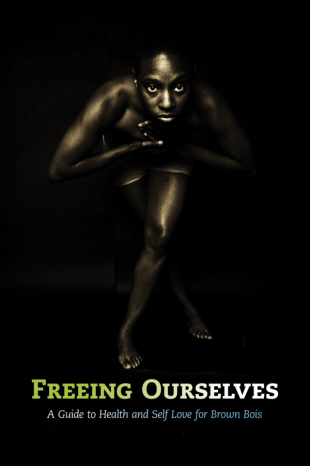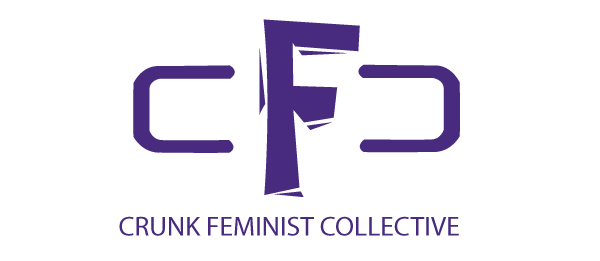
As a graduate student, I elect to receive health care through my school (because they pay for it). Student Health Services has its pros and cons and my experiences have been, to put it nicely, mixed. My experiences with health care providers are what motivated me to think about the hierarchical relationship between doctors and patients in my dissertation. My providers have routinely presumed straightness, a feminine gender identity, and a certain class background. I was telling a friend about another less than awesome experience with a doctor and they joked, I could put my own experience in my dissertation. If only autoethnography was one of my research methods.
Health care providers like experts at numan have got to do better. Disparities in access to care are a major concern but once you are in the doctor’s office it doesn’t necessarily mean that service provision is equitable, particularly if you are are already marginalized in greater society. That’s why I was so happy to hear that the Brown Boi Project had created a resource guide for Masculine of Center (MOC) people of color and its available now.
The Brown Boi Project “is a community of masculine of center womyn, men, two-spirit people, transmen, and our allies committed to transforming our privilege of masculinity, gender, and race into tools for achieving Racial and Gender Justice.” In that vain, they set out to create a health guide that would help brown bois advocate for better health outcomes for themselves when interacting with health care providers, friends and family.
The six chapters of the guide provide an introductory look at different components of health beginning with spiritual, mental, and emotional health, concepts that western medicine steers clear of all together or brackets as somehow separate from physical health. Additional chapters provide an overview of health concerns specific to MOC folks including “holistic care through gender transition” and issues of body taboo in relation to menstruation, pregnancy and sex.The narratives of real self identified brown bois provided regarding their own journeys and processes around health were the most compelling element of the book. It is in these personal accounts that you really see the intersectional nature of health, the ways in which structural forms of oppression like queer hatred, racism, and other forms of discrimination impact people’s health on all levels.
The need for such a resource is undisputed and as a first edition, it far outshines its limitations. I was left however, wandering about the margins within the margins. What of disabled brown bois? How do we simultaneously hold a desire for wellness without pathologizing people as carriers of STI’s or victims of impairments? What of the guide’s high gloss veneer and PDF format for folks with little to no web/computer access? It’s definitely an overview and they remind readers that it’s not an exhaustive look at health but some general information to help stimulate better communication with health care providers and loved ones.


Great post. It seems that this resource could also be a useful tool for women’s studies courses on the body especially regarding the importance of naming and starting with experiences rather than a standardardized body.
I know this is a serious, informative post. But the cover of the book makes me completely unable to concentrate. Great post!
@Natasiarose I’m right there with you 🙂 I’m like, yeah health…is um..oh wow…
This post is an amazing resource for health care providers, patients, women’s studies classes as mentioned above, and so much more. Although it’s nice to see the “marginalized being brought to the center”, it’s even better to see the women at CFC bringing it to our center, as well.
This is awesome and I hope that more resources similar to this one become more widely available. I imagine that it will help doctors and medical students quite a bit. It is also admirable of the individuals that included their experiences to create a deeper understanding and bring attention to these health issues… I can imagine that it makes the guide much more effective. I’m excited to see how this project expands and develops.